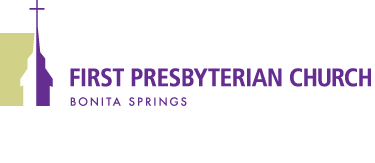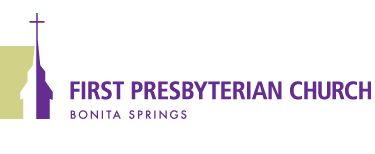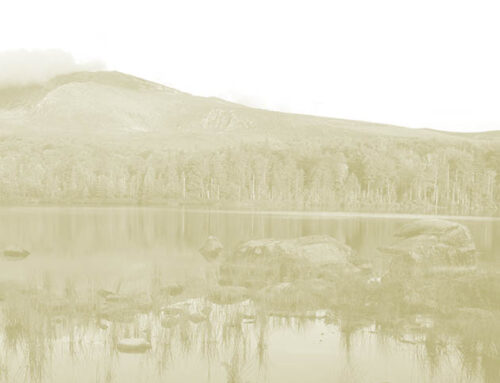The Psalms are among the oldest poems in the world, and still ranked among the finest. They express the strongest human passions from the deepest miseries to the most exultant joys. Some are written for public worship, to offer words of praise and thanksgiving to the Lord. Some are written to capture the history of the people, so that a new generation will understand how God has led them. But some are purely private. In fact, the most common type of psalm in the Bible is not a song of praise but a poem of personal lament, one person pouring out his troubles to the Lord and asking for His help.
The Psalms combine words and music and rhythm and balance—all that the best poetry offers. Sung, they saturate the heart and imagination as only music can do. They were the hymnbook for public worship in ancient Israel. Jesus would have known many psalms by heart, just as we know some of the old hymns we grew up singing.
The Art of the Psalms
Translating poetry from one language to another is truly difficult. When rhyme and rhythm work in one language, they may not work well in another. Instead of rhyme, the Psalms offer parallel structure. A thought offered in one line is extended in the next. When translated, it works in every language.
Deliver me from my enemies, o God;
Protect me from those who rise up against me. (Psalm 59:1)
Or
May the LORD answer you when you are in distress;
May the name of the God of Jacob protect you. (Psalm 20:1)
Poetry in Motion
In one translation, the apostle Paul describes Christians as God’s workmanship in Ephesians 2:10. But the Greek word Paul used is poiema—the very word from which we get the English word “poem.” We are God’s artistry, His own unique, living, praying poems.
The Psalms in Worship
- Many psalms were written for choirs; 55 Psalms have this prefix: To the choirmaster.
- Over three-fourths of the psalms have a superscription added to the beginning that provides an editorial notation identifying the author, historical context, or how it should be sung.
- Specific tunes sometimes named; “According to The Lilies” in Psalms 45, 69, and 80 and “According to Do Not Destroy” in Psalms 57, 58, 59, 75, and others.
- Musical instruments mentioned include the lyre, harp, horn, trumpet, pipe, flutes, cymbals, and tambourines. Some specific accompaniment directions are included: Psalm 5 should be accompanied by flutes; Psalms 4 and 6 by stringed instruments, etc.
- The word Selah has been added to the psalms 71 times. Most scholars agree it is a musical notation to signal a change in accompaniment, a brief interlude with stringed
instruments, a call to pause for reflection, or a notice to start a new section. - Some psalms were intended for specific moments of worship: Psalm 30 for the dedication of the temple, Psalms 38 and 70 for the memorial offering, and Psalm 100 for the sacrifice of thanksgiving.
- Their three principle forms include praise psalms, lament psalms, and wisdom psalms.
By Pastor June Barrow






